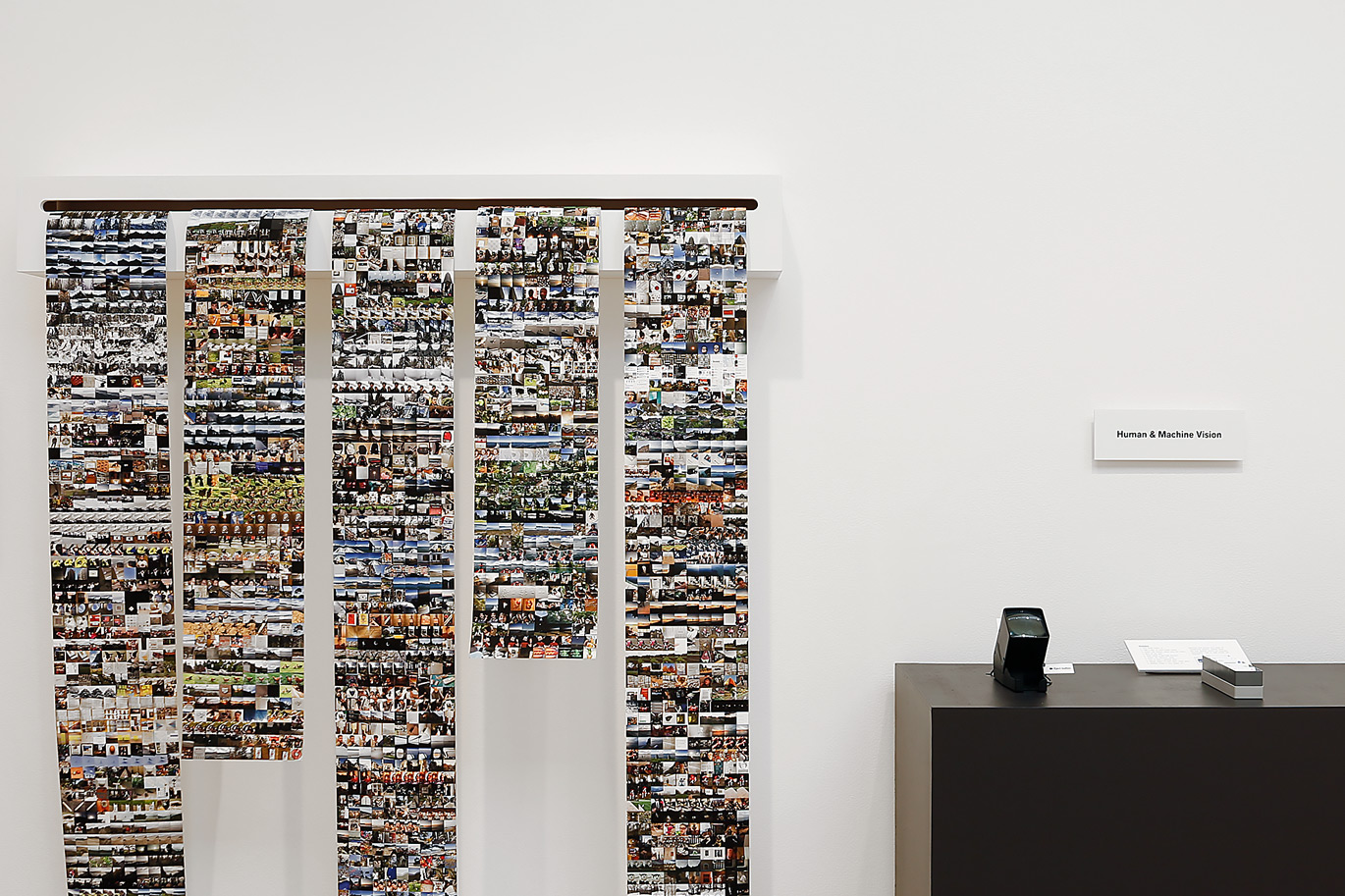When viewing art in a museum setting, visitors are only experiencing a curated taste of any given culture. Each object can only provide a glimpse into the complexities of cultural and aesthetic mores, and the framing of the objects on display can vastly alter the narrative around an artist, an object, or a culture. It becomes the role of each institution and each curator to decide how to approach this conundrum, and the recent past has seen institutions trying more innovative techniques for communicating a more comprehensive understanding of the objects and culture they are displaying. Through collaboration with two local Asian American musicians, the Gardner Center for Asian Art and Ideas has been working to bring new music into the refurbished and reorganized Seattle Asian Art Museum (SAAM). The opportunity to create this project was made possible due to the renovation of the SAAM and the concurrent reorganization of the permanent collection. This collaborative project brings two musicians of South Asian heritage into the SAAM and asks them to respond to objects in the permanent collection through music. Musicians Ganesh Rajagopalan (Carnatic violin) and Barry Alavi (Persian ney) both present unique views into the artwork of South Asia, mediating transnational boundaries and cultural exchange. Through new music recorded for the museum’s reopening and public discussions with the musicians, we begin to understand key concepts about the art museum’s intended audience and how western hierarchies have stripped art objects from a multi-sensory experience. These musical pieces were recorded at a professional recording studio and will be distributed to the public through the SAAM’s smartphone tour app which is currently in development. This smartphone functionality will also include contextual information about the collaborating musicians as well as their own words about the project. By using the experiences of the collaborating musicians as a case study we can bring ethnomusicological expertise to the art museum, causing us to question the types of information that art history prioritizes as a discipline.
Additional information on the Graduate Showcase website.


